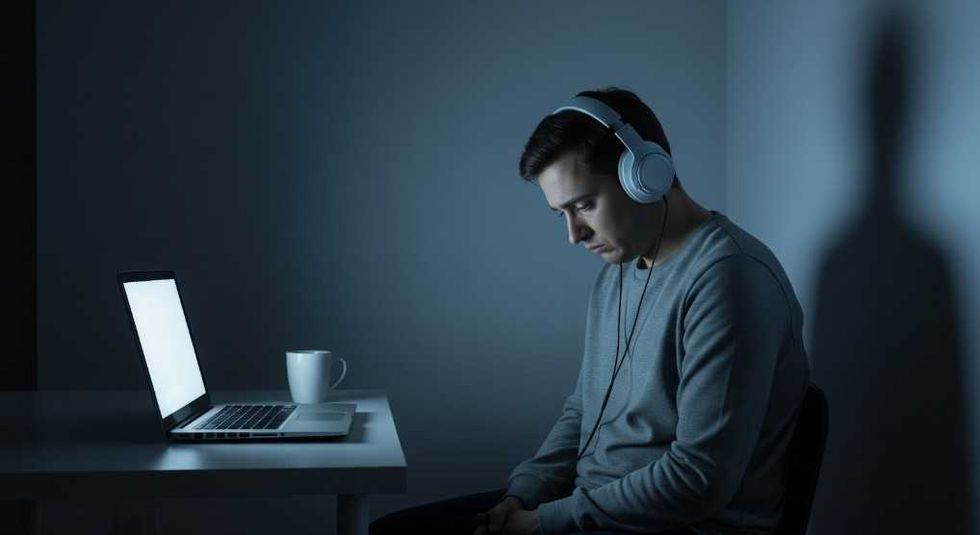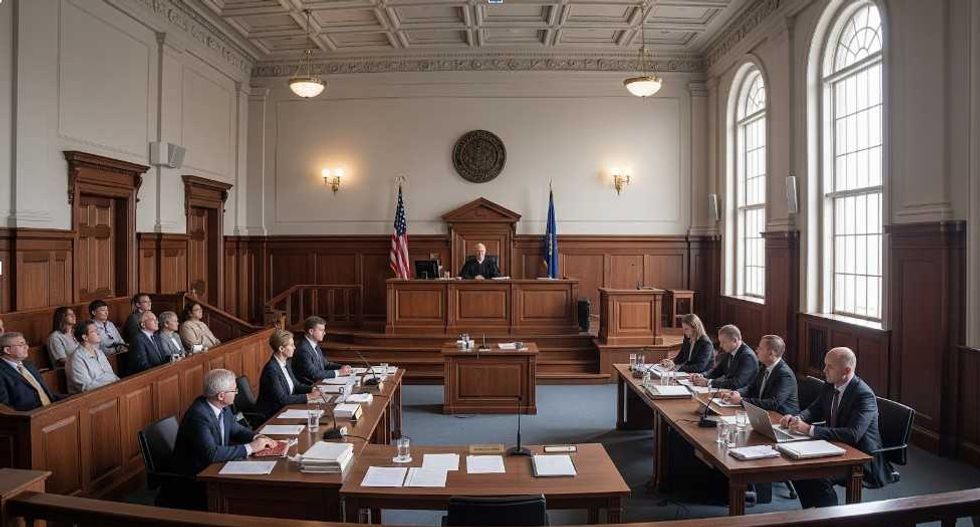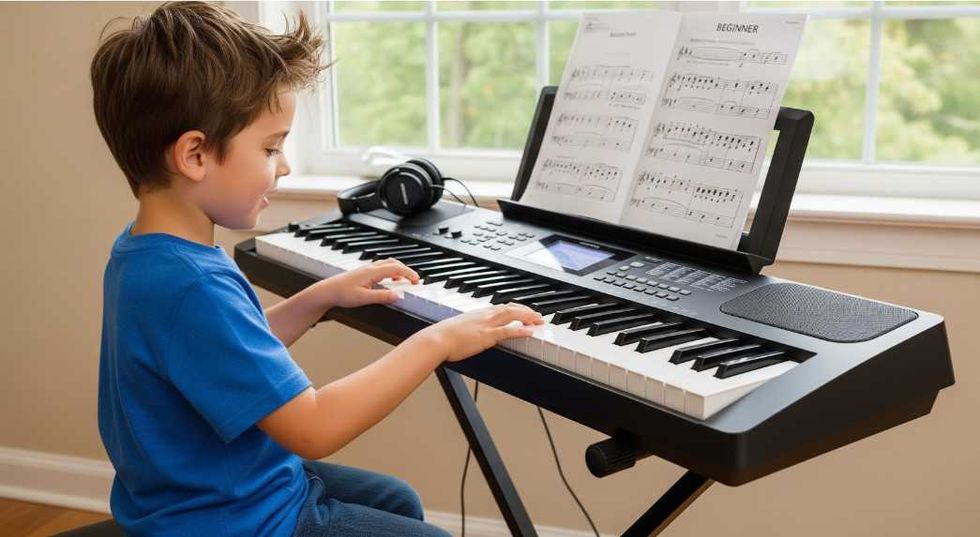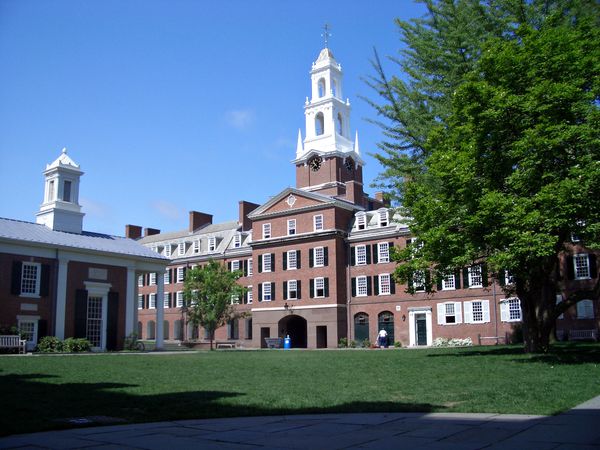Laws are in existence to keep people safe and out of harm’s way. Ideally, people will not be injured physically, financially, or emotionally if people followed all the laws. Realistically, not all laws are followed and officials resort to creating laws to combat lawlessness.
As a way to reduce juvenile crime, cities throughout the United States have imposed curfew laws for minors. The goal of these laws is to deter the youth from committing crimes and while this goal is admirable, these laws may no longer be necessary or even effective.
When curfew laws were first in effect in 1890, the goal was to deter immigrant youth from committing crimes. Once World War II started and parents were busy at war or aiding the war effort, curfews were considered helpful to busy parents. However, curfews in response to rising crime in the 1970’s caused law officials to yet again resurrect the curfew.
Typically, curfew hours occur between the hours of 11 p.m. to 6 a.m. the following morning. This keeps minors off the streets during the wee hours of the night with some exceptions: parents may accompany children; minors may go to or from a school/community event; or, an emergency situation may be a reasonable excuse for a minor to break curfew. If a minor does break curfew, they may be fined at least $50 to hundreds of dollars. It is also possible that the offender may be issued a misdemeanor charge.
The U.S. Conference of Mayors conducted a survey of 347 cities in 1995 and out of those cities, 272 cities use a curfew. Of those 272 cities, only 57 percent of those cities found the curfews to be effective. Given only slightly more than half of the cities who use curfews find them helpful, why is there still a need for these laws?
According to the Office of Juvenile Justice and Delinquency Prevention, only 15 percent of juvenile crimes are perpetrated between the hours of 10 p. m. and 6 a.m. The other 75 percent of crime is committed during the rest of the day with the majority of violent juvenile crimes occurring between the hours of 3 p.m. and 7 p.m. on school days. On non-school days, violent juvenile crimes peak between 7 p.m. and 9 p.m. Neither of those time frames correlate with traditional 11 p.m. to 6 a.m. curfew hours.
It almost makes sense that 63 percent of violent juvenile crimes are committed on school days; children are grouped together, bored, and wind up getting into or causing trouble. Instead of focusing time, energy and money on enforcing a curfew, communities as well as the youth would almost certainly benefit from additional after school or summer recreational activities. This possible solution would benefit both minors and adults and provide the youth an outlet to be productive rather than destruction.
The Bayview Safe Haven is an after-school program that aims to engage students in San Francisco’ Bayview Hunter’s Point. According to a study of Bayview Safe Haven’s effectiveness, it was discovered that crime fell as a result of the after-school program, children who engaged in after school activities were significantly less likely to commit crimes, and juvenile arrests were cut nearly in half.
Additionally, Baltimore's Police Department initiated a Police Activities League to encourage youth to participate in healthy after-school activities and the start of Boys and Girls Club in certain public housing developments New York City resulted in fewer cases of juvenile crimes compared to public housing developments without the after-school programs.
Clearly, implementing after-school activities for minors is an excellent way to promote good behavior and discourage violence and crime. Children need support in the form of activities, not mistrust in the form of a mandatory curfew.





















